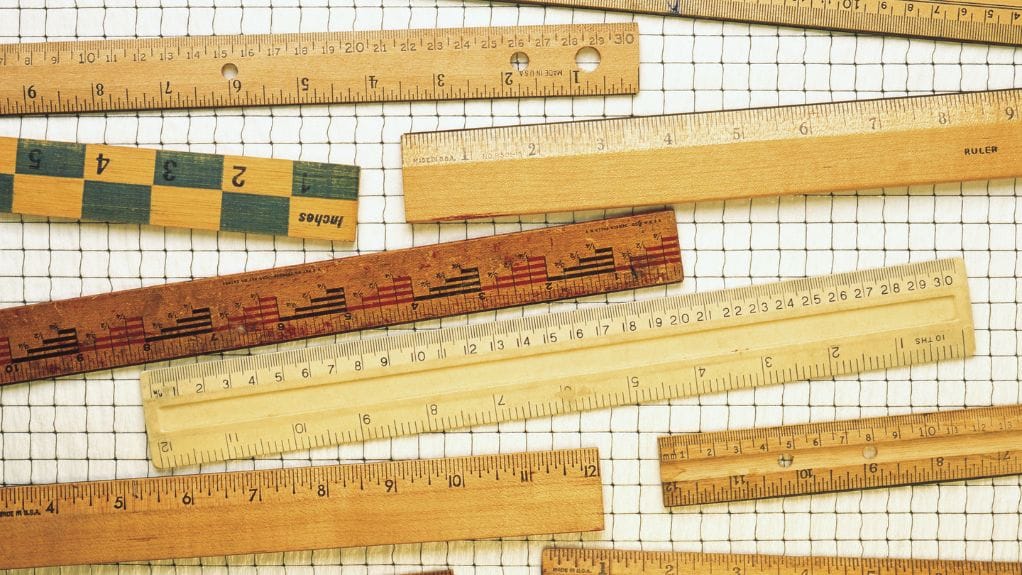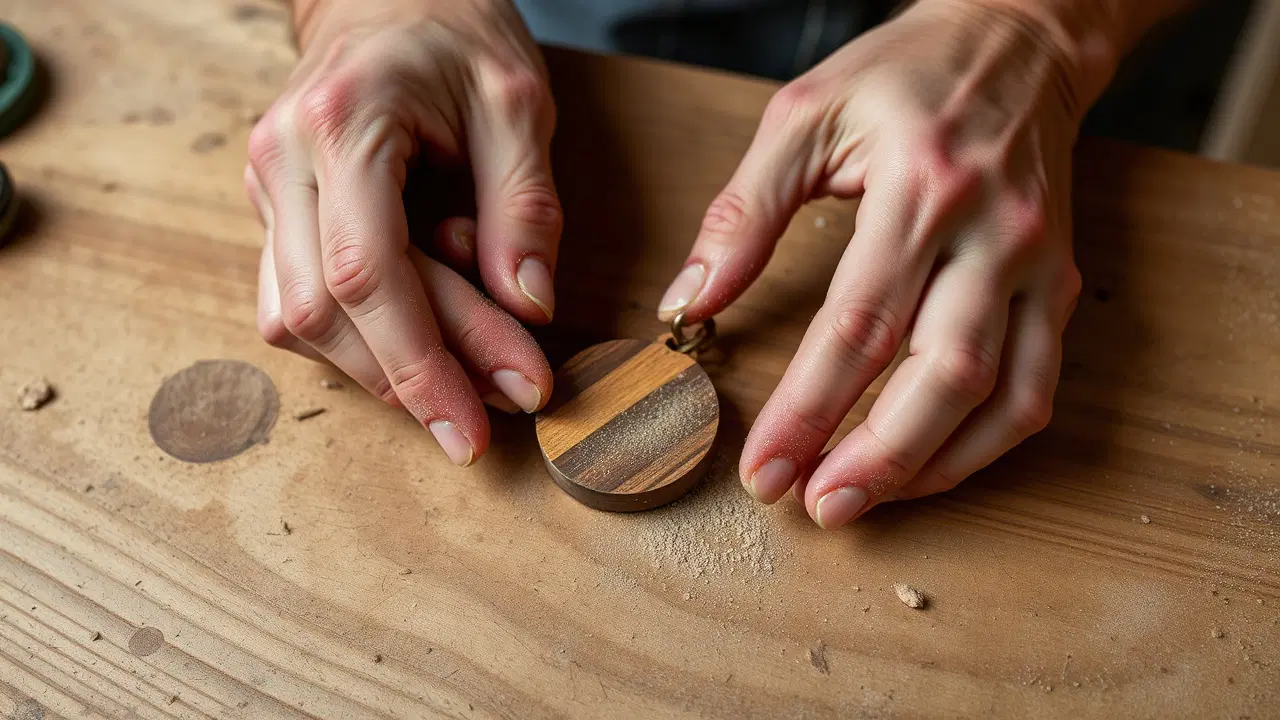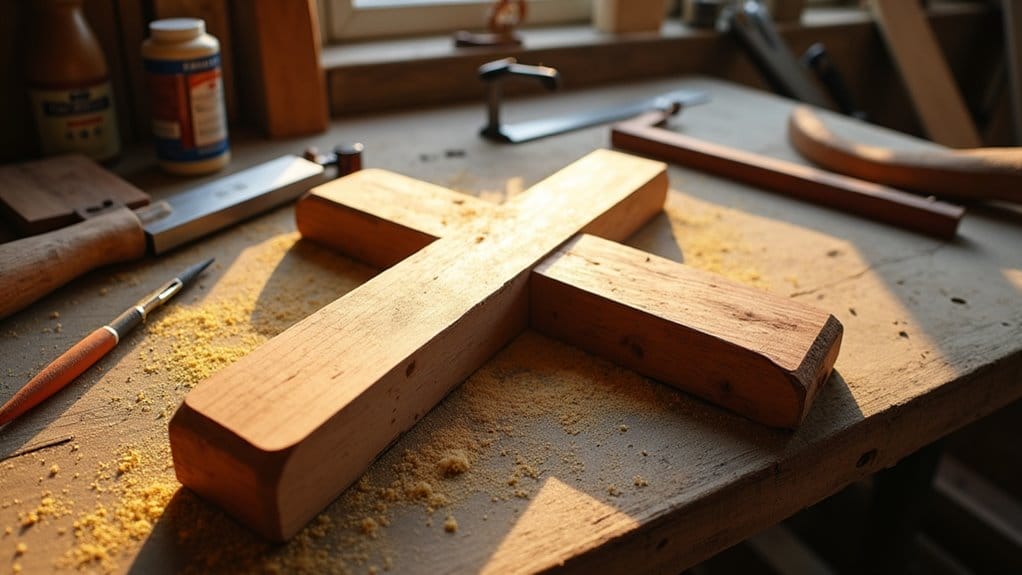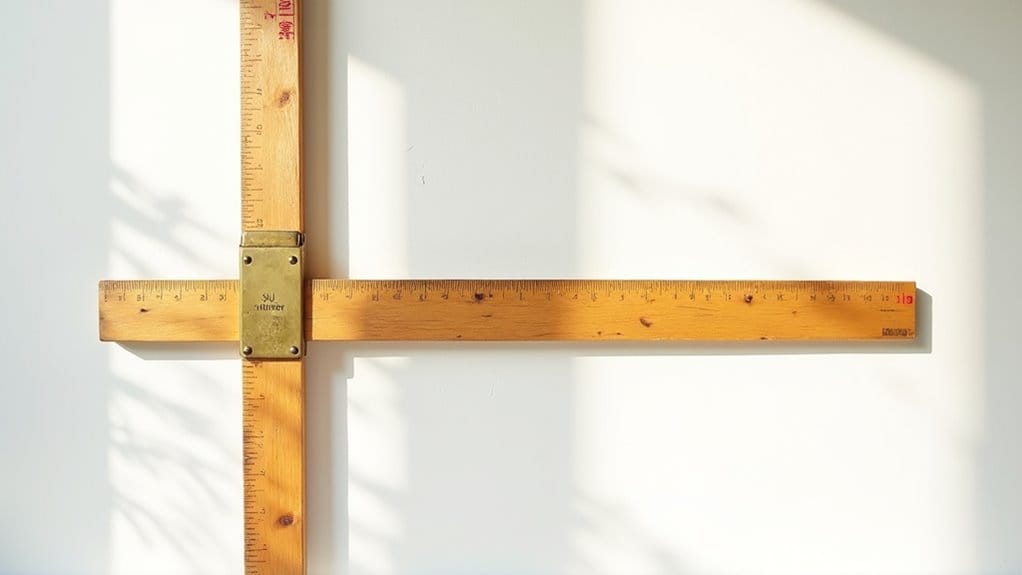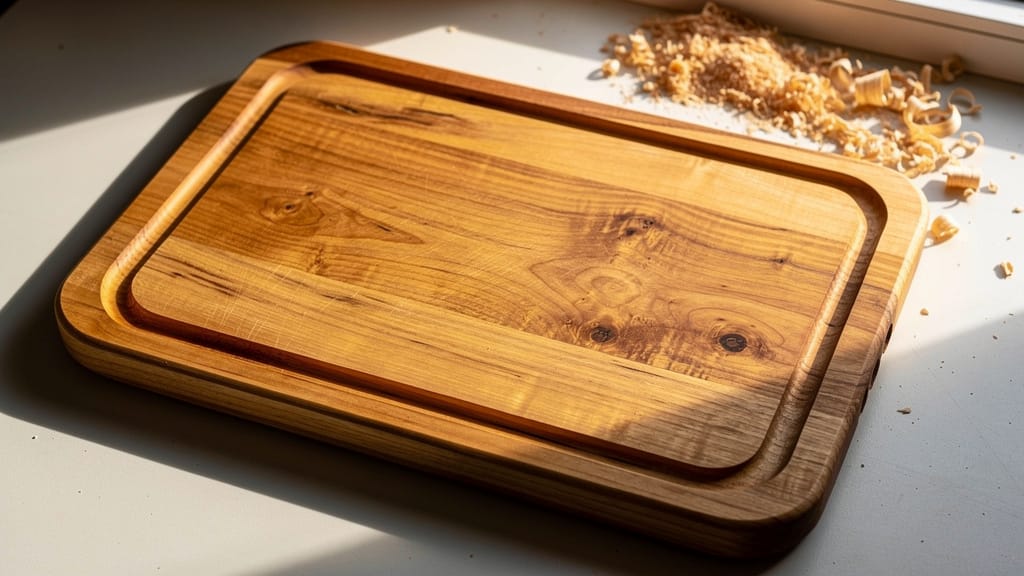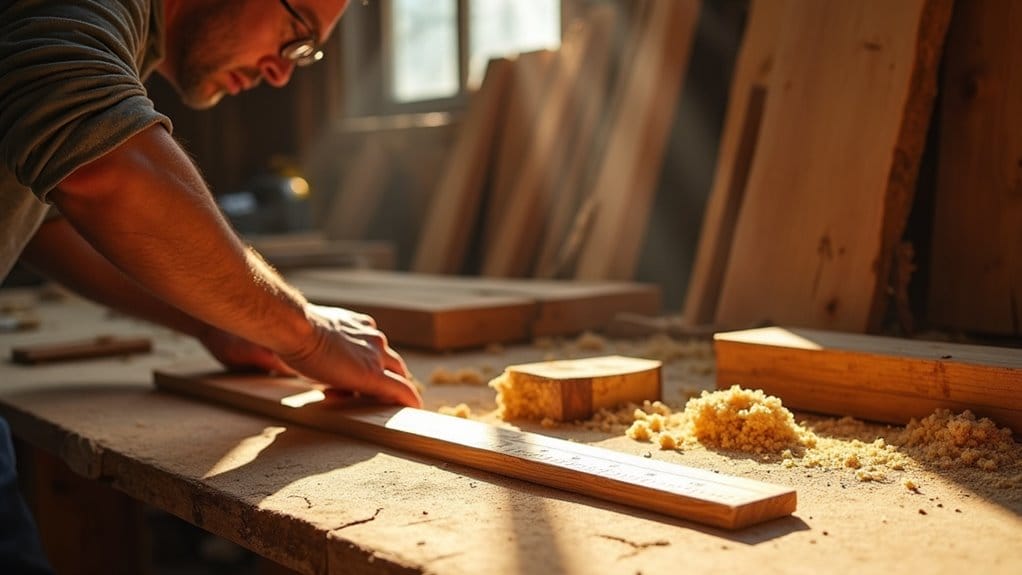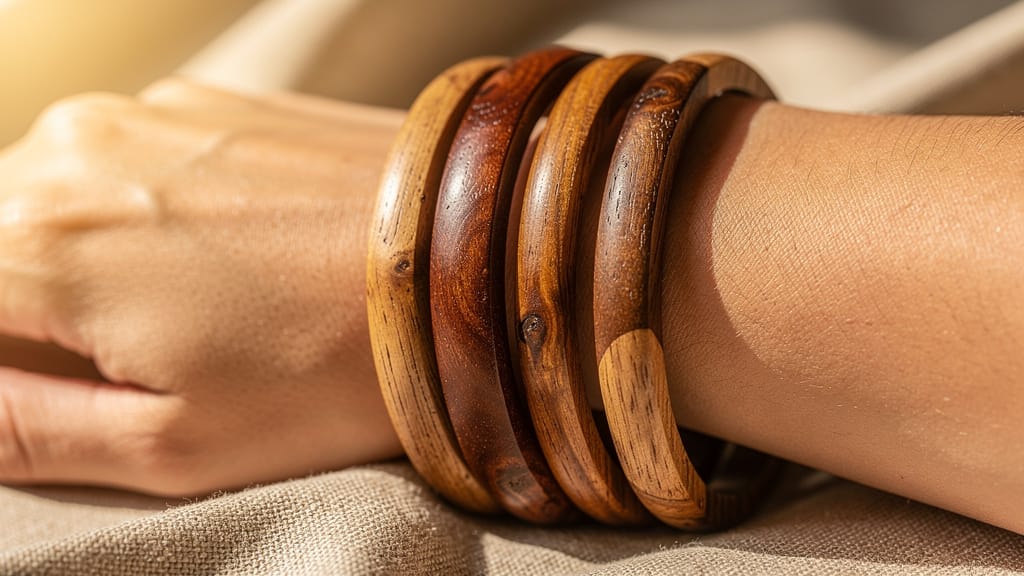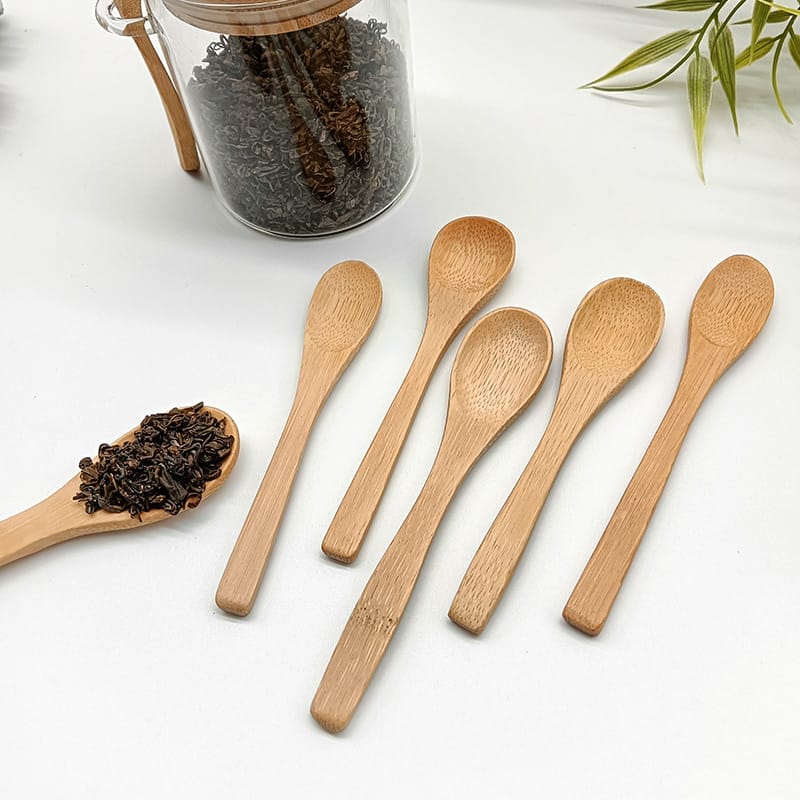Your wooden bowl is more than just a vessel—it’s a piece of craftsmanship that deserves proper care to last for generations. With regular maintenance and the right cleaning techniques, you’ll keep its natural beauty intact while ensuring it remains food-safe for daily use. Whether you’ve inherited a cherished family piece or invested in a handcrafted bowl, understanding the essential care routine will protect your wooden treasure from common issues like warping, cracking, and bacterial growth.
Key Takeaways
- Clean bowls immediately after use with mild soap and warm water, using gentle circular motions with a soft sponge.
- Dry thoroughly with a lint-free cloth and never leave wooden bowls soaking in water or air-drying.
- Season bowls regularly with food-grade mineral oil or walnut oil to maintain their finish and prevent drying.
- Disinfect monthly using a mixture of one part white vinegar to five parts water, followed by thorough drying.
- Store bowls in a cool, dry place away from direct sunlight and inspect regularly for cracks or damage.
How to Clean Wooden Bowls

You’ll want to start by hand washing your wooden salad bowl with warm water and dish soap, taking care not to soak the wood.
For stubborn residue, mix a gentle solution of baking soda and water to create a paste that safely lifts stains without scratching the surface.
When you need to disinfect your bowl, a mixture of equal parts white vinegar and water will naturally sanitize the wood while preserving its natural characteristics.
Step 1: Washing the Bowl
Begin cleaning your wooden bowl with a gentle hand wash using warm water and mild dish soap.
Apply a small amount of soap to a soft sponge and work in circular motions across the bowl’s surface, paying special attention to any food residue or stains.
Don’t soak the bowl or use hot water, as this can damage the wood’s natural fibers.
Once you’ve cleaned the entire surface, rinse thoroughly with clean, warm water until all soap residue is gone.
Dry immediately with a lint-free cloth, making sure to remove all moisture.
Never let your wooden bowl air dry or sit in standing water.
Step 2: Cleaning Solutions
Several natural cleaning solutions offer effective yet gentle ways to clean wooden bowls beyond basic soap and water.
For everyday cleaning, mix a few drops of mild dish soap with warm water. Don’t soak the bowl – just quickly wipe with a soft cloth.
For deeper cleaning, create a solution of equal parts white vinegar and water. This natural disinfectant helps remove stubborn stains and odors without damaging the wood’s porous surface.
When scrubbing, use gentle circular motions and avoid harsh chemicals or abrasive materials.
Always rinse thoroughly after cleaning and dry immediately with a clean, soft cloth to prevent water absorption into the grain.
Step 3: Using Vinegar for Disinfection
While regular soap cleaning maintains wooden bowls, vinegar provides an extra level of natural disinfection for deeper sanitization.
Mix one part white vinegar with five parts water to create an effective cleaning solution that won’t harm the wood. Gently wipe the bowl’s surface with this mixture using a soft cloth, ensuring you don’t soak the wood.
Give it a quick rinse with clean water to remove any vinegar residue. This method helps eliminate bacteria while protecting the wood’s natural properties.
Pat the bowl dry immediately after cleaning to prevent moisture damage. Use this vinegar treatment monthly for ideal bowl care.
Drying Your Wood Bowl
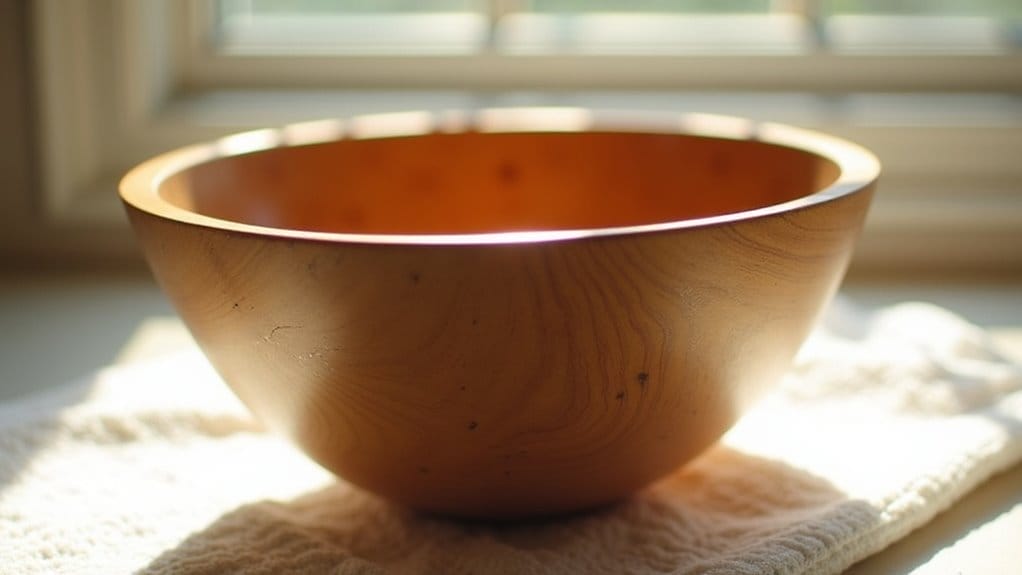
After washing your wooden bowl, you’ll need to dry it thoroughly using proper techniques to prevent warping and cracking.
Pat the bowl dry with a clean, lint-free cloth immediately after washing, focusing on both the interior and exterior surfaces.
Never leave your bowl to air dry or soak in standing water, as excess moisture can seep into the wood’s grain and compromise its structural integrity.
Using Proper Drying Techniques
Once you’ve cleaned your wooden bowl, proper drying is essential to prevent warping and maintain its natural beauty. Immediately after washing, use a soft, lint-free cloth to thoroughly dry all surfaces, paying special attention to the rim and base where moisture tends to collect.
Never let your bowl air dry on its own, as standing water can cause the wood to split or develop unsightly water marks.
Instead, gently pat the bowl with a clean towel and place it upside down in a well-ventilated area away from direct heat sources. This technique allows any remaining moisture to evaporate naturally while preserving the wood’s integrity.
Avoiding Damage from Excess Moisture
Proper drying techniques work hand-in-hand with moisture prevention strategies to protect your wooden bowl’s longevity.
Never soak the bowl or place it in the dishwasher, as prolonged exposure to water can cause the wood to crack and warp. Remember that wood is naturally porous, making it susceptible to moisture absorption.
To maintain your bowl’s integrity, don’t let water sit on its surface for extended periods. Instead, quickly wipe spills and clean with minimal water.
Regular applications of food grade mineral oil create a protective barrier against moisture damage.
Store your bowl in a well-ventilated area away from humid environments.
Maintaining Your Wooden Bowl

To protect your wooden bowl’s beauty and durability, you’ll need to season it with food-grade mineral oil or walnut oil before its first use.
You can maintain your bowl’s protective barrier by applying a thin coat of oil, working it into the grain with a soft cloth until the wood won’t absorb any more.
When your bowl starts looking dull or feels dry to the touch, it’s time to reapply oil, typically every few months depending on how frequently you use it.
Importance of Seasoning Your Wooden Bowl
Regular seasoning of your wooden bowl stands as a fundamental practice that protects its integrity while enhancing its natural beauty.
When your bowl feels dry to the touch, it’s time to apply oil. Use food-grade mineral oil, as it won’t turn rancid and penetrates deeply into the surface of the wood. Pour a generous amount onto the bowl’s surface and let it soak for several hours. You’ll notice how the wood grain becomes more pronounced and vibrant.
Repeat this process whenever the bowl feels thirsty, typically every few weeks depending on use and climate conditions. This ritual preserves your bowl’s longevity and keeps it serving beautifully for years.
How to Oil Your Wooden Bowl
Caring for your wooden bowl begins with selecting the right oil and applying it with deliberate attention to detail.
Choose food-grade mineral oil or a specialized wood conditioner that penetrates deep into the grain. Pour a small amount of liquid onto a lint-free cloth and rub it into your bowl using circular motions, following the natural wood patterns.
Let the oil absorb for several hours, then buff the surface with a clean cloth to remove excess. For best results, repeat this process three to four times when first treating a new bowl.
A proper finish not only protects your bowl but enhances its natural beauty.
When to Reapply Oil and Coat
While every wooden bowl develops its own unique aging pattern, you’ll need to maintain a consistent oiling schedule to preserve its integrity.
Apply a fresh coat every 4-6 weeks for new bowls, then extend intervals to 2-3 months once the wood stabilizes. You’ll know it’s time when the interior surface feels dry or starts showing a lighter, matte appearance.
Restore heavily used bowls by applying oil more liberally, especially if you notice rough grit or dryness.
Occasionally, daily-use bowls may require monthly maintenance, while display pieces can go longer between treatments. Always oil based on your bowl’s individual needs rather than strict schedules.
Restoring Old Wooden Bowls

If you’ve discovered an old wooden bowl that needs restoration, you’ll want to start by gently sanding away any rough patches or surface damage using progressively finer grits of sandpaper.
Once you’ve achieved a smooth surface, apply food-safe mineral oil in thin layers, allowing each coat to penetrate deeply into the wood’s grain.
For serving readiness, finish with a blend of beeswax and mineral oil, buffing the surface to create a protective barrier that brings out the wood’s natural luster.
Techniques for Restoring Old Wood
When antique wooden bowls have lost their luster and charm, you’ll need specific restoration techniques to breathe new life into these timeless pieces.
Begin by gently sanding the old wood with 80-grit sandpaper to remove deep scratches and rough patches. Work in the direction of the wood grain, gradually moving to finer 120-grit paper to smooth the surface.
Once you’ve removed the dull, weathered layer, you’ll start to see the wood’s natural patterns emerge.
Continue with progressively finer grits until you achieve a subtle glow that highlights the bowl’s authentic character and craftsmanship.
Final Touches for Serving
After your careful sanding work reveals the bowl’s natural beauty, the final preparations guarantee it’s ready for serving food.
Wipe your restored wood items with a clean, damp cloth to remove any residual dust. The best way to prepare your old bowl for use is to apply food-grade mineral oil, letting it soak in overnight.
For the ultimate serving presentation, buff the surface with beeswax using circular motions.
Here’s a valuable tip: care for your wood by preheating the bowl with warm water before serving hot foods. This simple step helps protect your cherished utensil from temperature shock.
Frequently Asked Questions
Can Wooden Bowls Be Used for Serving Hot Soups and Stews?
You’ll want to avoid serving hot soups or stews in wooden bowls. The heat can damage the wood’s fibers, cause warping, and compromise any protective finishes. It’s best to use ceramic or stoneware instead.
Is It Safe to Put Wooden Bowls in the Dishwasher?
Don’t put your wooden bowls in the dishwasher. The intense heat and harsh detergents will damage the wood’s natural fibers, causing warping, cracking, and deterioration. Instead, hand wash with mild soap and warm water.
How Long Do Wooden Bowls Typically Last With Proper Care?
With proper care, your wooden bowls can last for generations. You’ll find that well-maintained pieces often become family heirlooms, serving faithfully for 50+ years while developing a rich patina and character over time.
Can Wooden Bowls Develop Mold if Stored in Humid Conditions?
Yes, you’ll find that wooden bowls can easily develop mold in humid environments. To protect your cherished piece, store it in a well-ventilated area, and don’t let moisture linger on its surface after washing.
Should Wooden Bowls Be Treated Differently Based on Their Wood Type?
Yes, you’ll need to treat different wood types uniquely. Dense hardwoods like maple can handle more moisture, while softer woods like pine require gentler care and more frequent oiling to maintain their integrity.
Conclusion
Caring for your wooden bowl isn’t just about cleanliness – it’s about preserving a piece of functional craft that’ll serve you for generations. By following these essential cleaning and maintenance instructions, you’re protecting the wood’s natural beauty and structural integrity. Remember to clean gently, dry thoroughly, and oil regularly. With proper care, your wooden bowl will develop a rich patina and remain a cherished kitchen companion for years to come.










